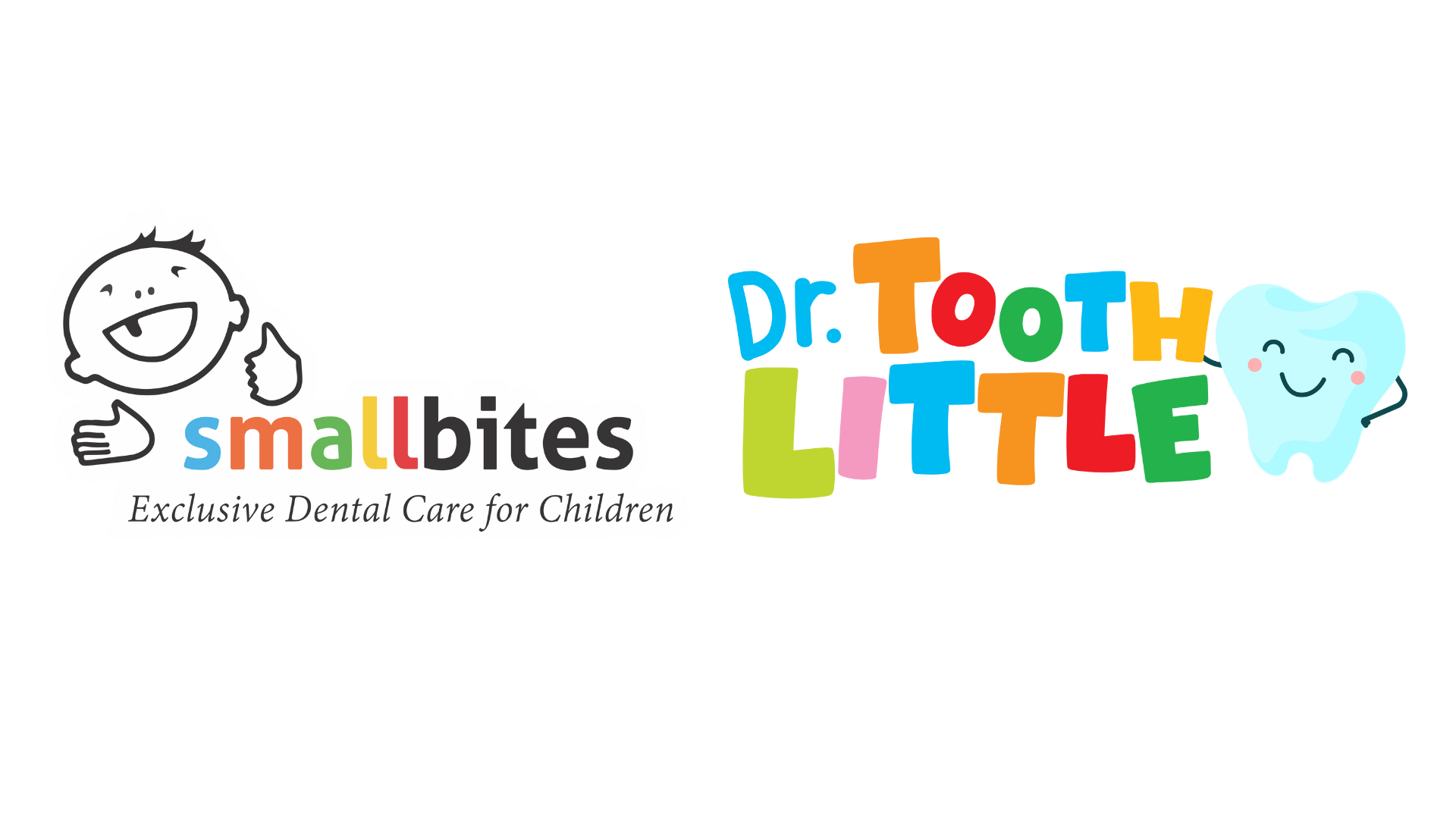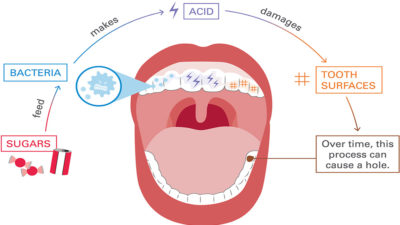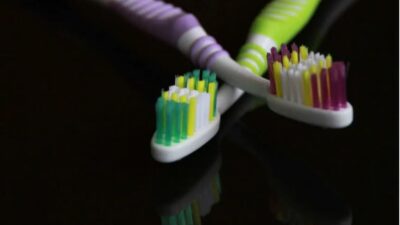
Dental emergencies happen when least expected. Although some, like toothache and broken tooth can be managed even after 24 hours, some others such as DENTAL IMPACTION need immediate attention at home before a dentist’s visit can be arranged.
Dental impaction is the forceful pushing of the teeth inside or into the jaw bone. This is often what happens by a blunt trauma, when the child falls on their mouth or jaw. When the trauma is mild, the tooth is pushed halfway into the jaw, but in severe cases, the entire tooth gets pushed in, with possible injuries to the tooth’s ligament and even fracture to the socket.
Often times in case of trauma or fall, there is plenty of bleeding (disproportionate to the trauma), including visible lip tear or injury, thereby preventing early detection of impaction.
PRIMARY MANAGEMENT FOR TOOTH IMPACTION
In such a case, it is necessary to manage the initial situation as quickly and conservatively as possible;
- Stop the Bleeding – If the bleeding is from the outer lip or tongue, apply gentle pressure on the area with a clean moist cloth for a while. If inner lip bleeds, press the area gently against the child’s teeth/gums.
- Distract the child during cleaning- Sing, talk or soothe the child in whichever way you can. Any treatment needs a child to sit still.
- Keep the area cool – Numbing the pain and reducing the swelling are first priority. Apply an ice pack or frozen veggies on the area. Sucking a popsicle is also a great idea.
- Painkiller – These should be given only when the child is unable to bear the pain for long, usually under advice from the pediatric dentist
- Change diet temporarily – Although often superficial, lip cuts or injuries can be very painful. It is better to change the diet for children to liquid or semi-solid till the wound heals. Softer diets help healing faster and don’t tend to irritate. Chilled treats such as popsicle or ice cream, and a mouth rinse after food will take care of dental hygiene too for a while.
Once the bleeding is under control, the injury must be shown to a pediatric dentist at the earliest. Usually it is just to take advice on further course of action and check if there’s any damage, tear or cut in the deeper tissues of the mouth.
TREATMENT FOR DENTAL IMPACTION [TOOTH IMPACTION]
![TREATMENT FOR DENTAL IMPACTION [TOOTH IMPACTION]](https://1.bp.blogspot.com/-ykXqoVpp2SU/V8M98o8Q3XI/AAAAAAAAAcs/J0FKaPIet00cR_geYpzHVRkLQ4FboldCgCLcB/s400/primary%2Btooth.jpg)



